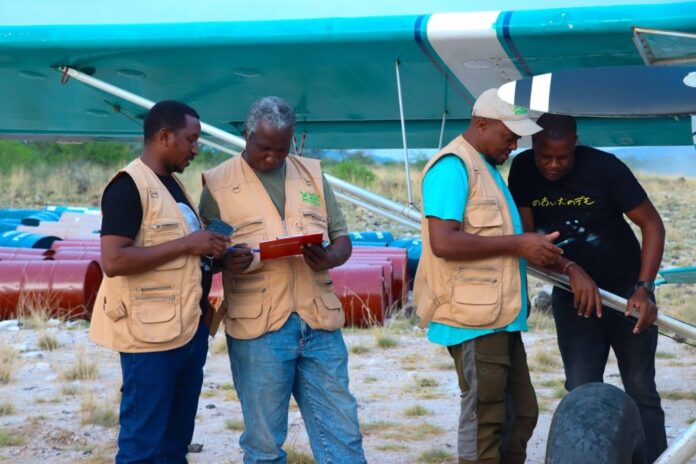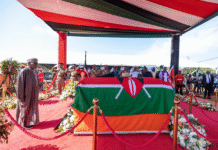Written By Lisa Murimi
The second phase of Kenya’s National Wildlife Census (2024–2025) began on Tuesday in the Northern Kenya region, an area spanning 65,000 square kilometers.
This region hosts the country’s second-largest elephant ecosystem, traversing Laikipia, Isiolo, Samburu, Meru, Marsabit, and other counties.
Launched by Tourism and Wildlife Cabinet Secretary Rebecca Miano in Isiolo County, the census aims to collect scientific data vital for wildlife conservation and management.
The exercise is spearheaded by the Wildlife Research and Training Institute Kenya in partnership with the Kenya Wildlife Service.
The census employs aerial surveys, dividing the region into 115 blocks, systematically covered using helicopters and light aircraft.
Flying at 309 feet and 180 kilometers per hour, each aircraft surveys up to 600 square kilometers daily.
“This landscape is home to diverse ecosystems and wildlife populations, making it critical to the census,” Miano stated, highlighting the role of local communities and the impact of climate change, invasive species, and zoonotic diseases on wildlife.
By providing insights into Kenya’s wildlife health, the census underscores the government’s commitment to preserving the nation’s natural heritage amid environmental challenges.



















